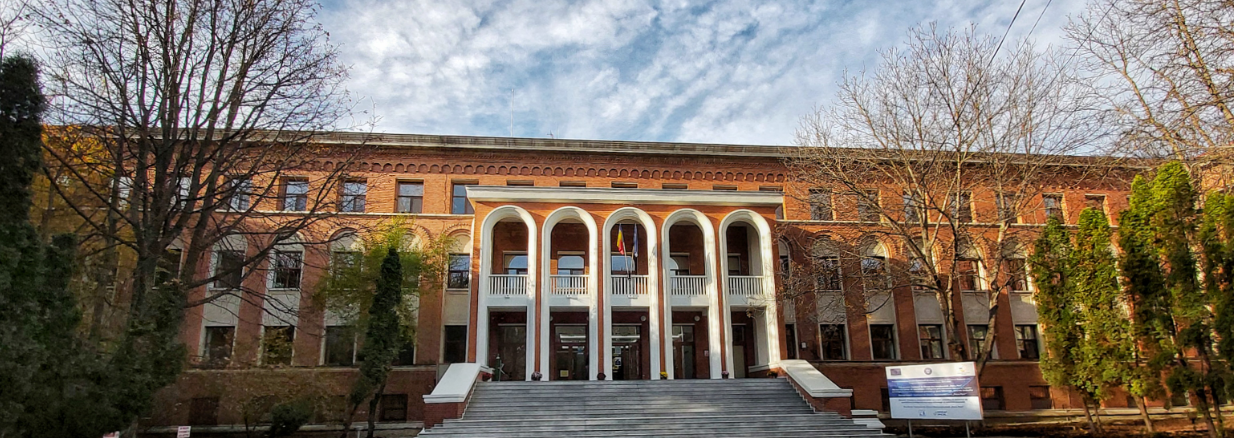- Project Leader CO: Dr. Florin BUCATARIU
- Project Responsibile P1: Prof. Dr. ing. Carmen TEODOSIU
- Funding programme: Competitiveness through research, development and innovation
- Subprogram: Demonstration experimental project
- Contract Authority: Executive Agency for Higher Education, Research, Development and Innovation Funding (UEFISDCI)
- Coordinator (CO): “Petru Poni” Institute of Macromolecular Chemistry Iasi (PPIMC)
- Partner 1 (P1): Gheorghe Asachi Technical University of Iaşi (TUIASI)
- Project: PN-III-P2-2.1-PED-2019-1996
- Project title: Quartz sand/polyelectrolyte composite microparticles with high loading/release of some inorganic/organic compounds from polluted waters
- Acronym: POLYSAND
- Project duration: 01.11.2020 – 31.10.2022
- Budget: 600 000 lei
- Site: Click Here
Quartz sand/polyelectrolyte composite materials with controlled morphology and structure at nanometric level are a very interesting class of materials which can be used as solid phase for waste or surface waters treatment. Their unique properties (hardness from the inorganic part and softness from the organic one) could be exploited in the column separations of organic/inorganic pollutants dissolved in aqueous media. The project „Quartz sand/polyelectrolyte composite microparticles with high loading/release of some inorganic/organic compounds from polluted waters” has as main scope to improve the treatment efficiency of polluted waters resulted from different industries, by reducing the content of metal ions and organic compounds, by means of using innovative, affordable and ecofriendly materials as complex sorbents based on quartz sand and natural/synthetic polymers, thus contributing to the decrease of polluted waters and a thus to a better water quality. The project scope is to obtain cross-linked polyelectrolyte arhitectures deposited onto different quartz sand microparticles with potential applications in water purification.
The project POLYSAND propose a novel and innovative solution: the combination of different materials (quartz sand and polyelectrolytes), which work with different adsorption mechanisms, in one adsorption advanced material. This gives the opportunity to simultaneously remove different types of pollutants (metal and organic substances) and addressing the variations of pollutant types and concentrations of different polluted waters.
The project POLYSAND propose a new and innovative eco-nano-technology for composite sorbent advanced material synthesis - polyelectrolyte precipitation onto sand surface from high concentration of polymer chains - which will increase the deposited amount of cationic polyelectrolyte relative to the sand volume followed by eco-friendly chemical/thermal cross-linking of organic arhitecture. |








